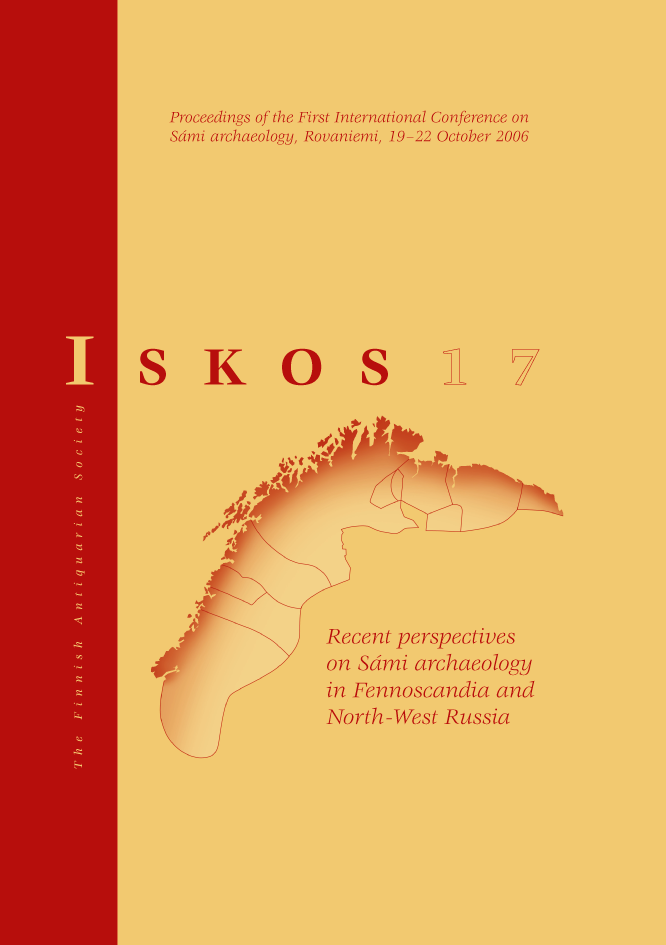Excavations at Hornslandsudde, Hälsingland, Sweden: nine hundred years of sealing and new evidence of Sámi iron working
Abstract
In this article new results of fieldwork at the Hornslandsudde site on the south Bothnian coast are presented. The site consists of over 48 hut foundations (Sw. tomtningar) distributed in four groups between 12 to 25 m a.s.l. Radiocarbon and AMS-datings show site use from the 2nd century AD to the Viking Period. Bones of harp or gray seals suggest hunting during the summer and fall months. A tooth of a ruminant (sheep / goat / reindeer) indicates that livestock were also kept. Slag, clay furnace linings and iron scales show that secondary forging of iron tools was carried out.
There are many similarities to contemporary sites in Västerbotten including hut forms, storage cairns, iron working and even a ritual stone circle. Hornslandsudde is interpreted as a Sámi site with a long history in a region of Germanic colonization in southern Norrland.




